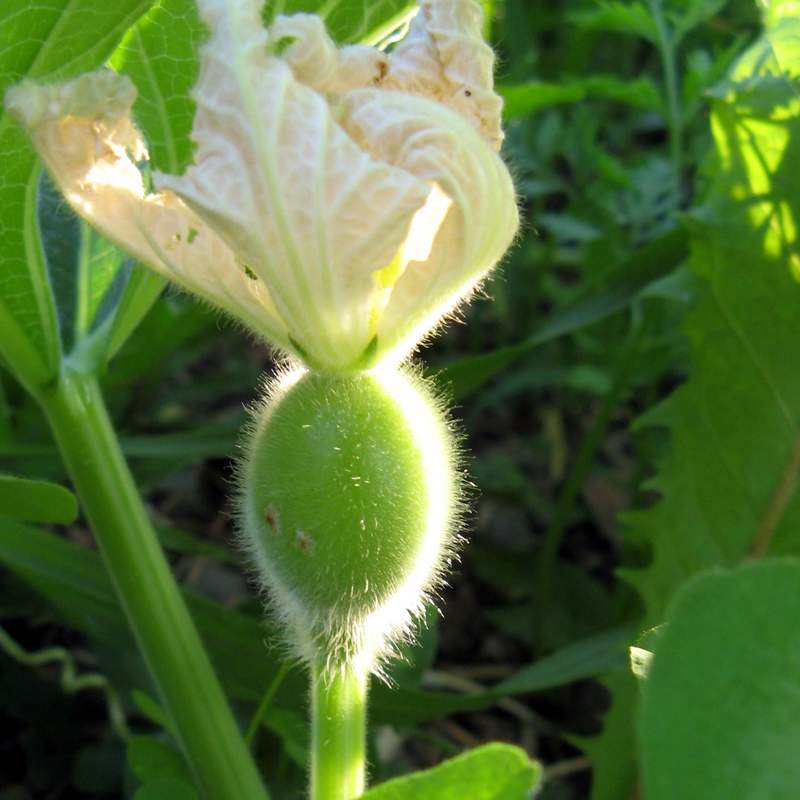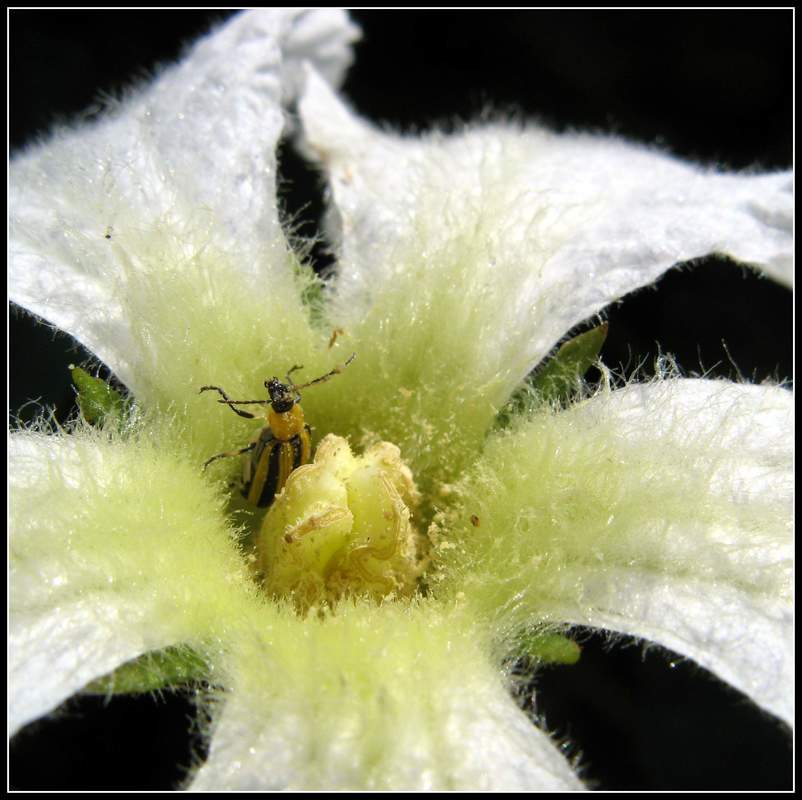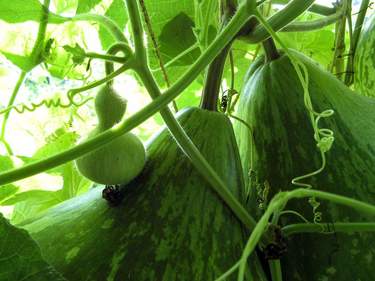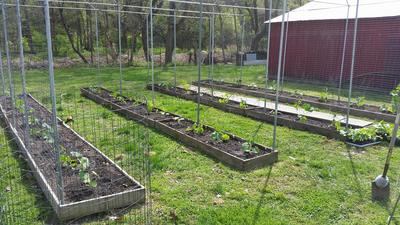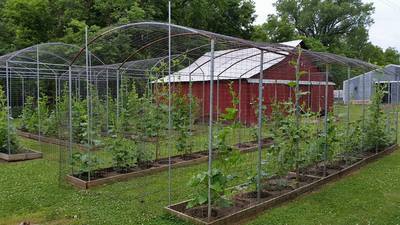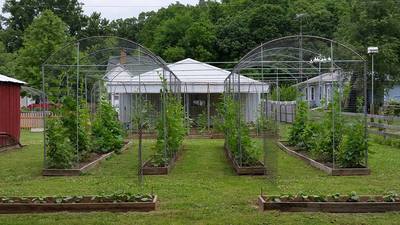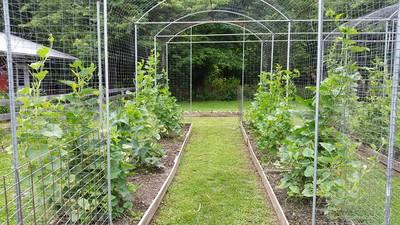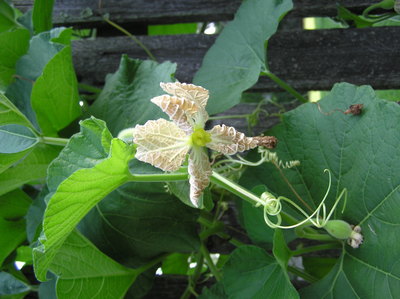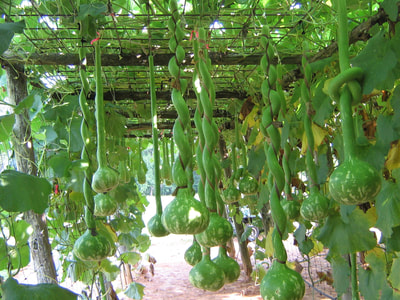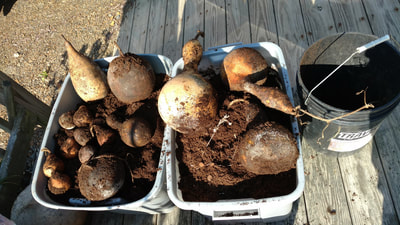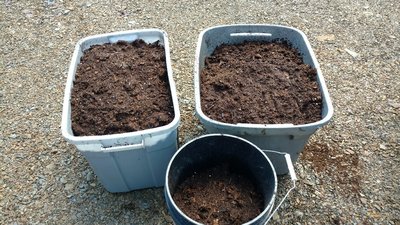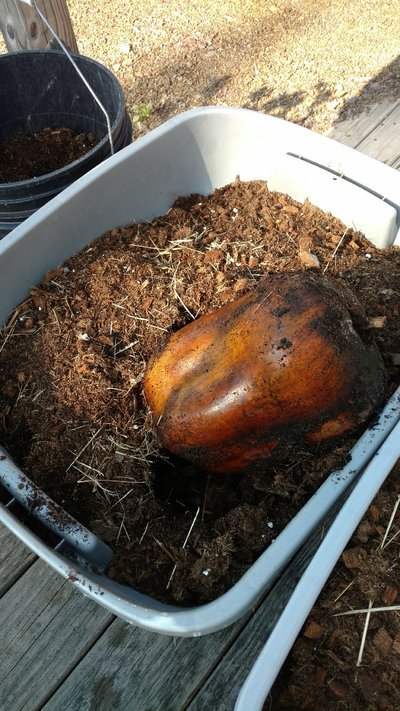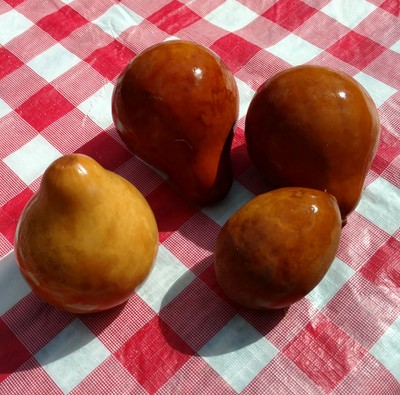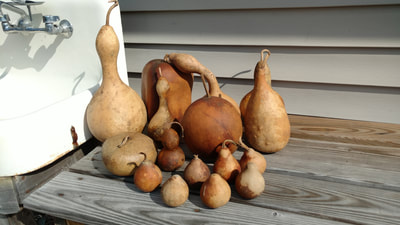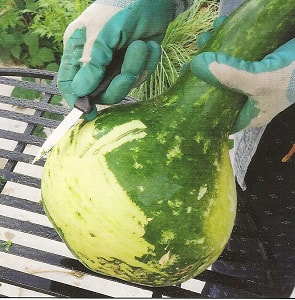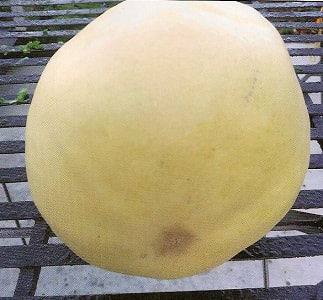Gourd Growing & Harvesting Information
|
One early decision will be to decide what kind of gourds you want to grow. Things to consider:
Caring for Your Plants Read more details on Plant Care:
Harvesting Read more on Harvesting Gourds
RESOURCES Below are informative Fact Sheets for each step of the gourd growing process. Use our slide show to give a gourd growing presentation to garden clubs and other interested groups. (Under Construction) Where to buy gourd seeds Where to buy raw gourds FACT SHEETS
Cucurbita or Lagenaria?
Cucurbita and Lagenaria belong to the same family, Cucurbitaceae, but different tribes. Cucurbita are the squash, pumpkins and ornamental gourds, where as examples of the lagenaria include the bottle gourd and hard-shelled gourds of many, many shapes and sizes. https://en.wikipedia.org/wiki/Lagenaria https://en.wikipedia.org/wiki/Cucurbita |
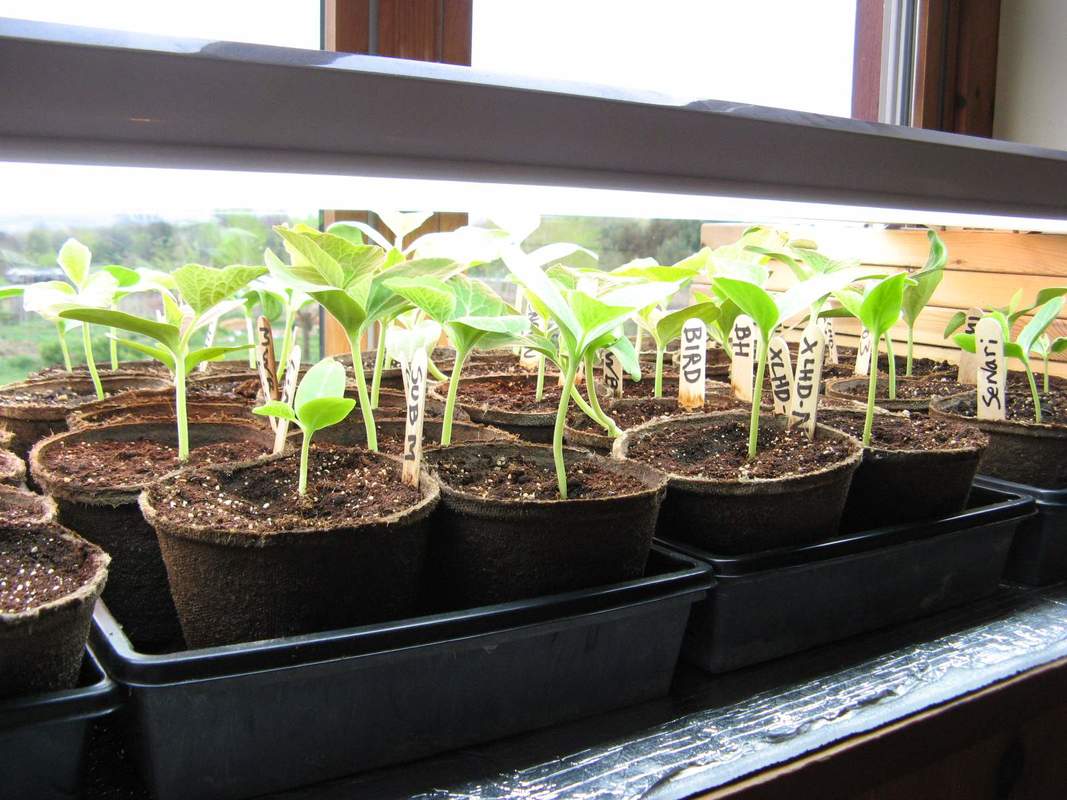 Seedlings in peat pots under grow lights with heat mat Seedlings in peat pots under grow lights with heat mat
Books & Web Sites
Gourds in Your Garden, A Guidebook for the Home Gardener, Ginger Summit. Hillway Press, Los Altos, CA, 2006 Seed to Seed, Suzanne Ashworth. Seed Saver Publications, Decorah Iowa, 1991 Extension Offices have resources on pests, diseases and more. A few to check out include: Cornell Cooperative Extension Penn State Cooperative Extension Texas A&M Agrilife Extension |

